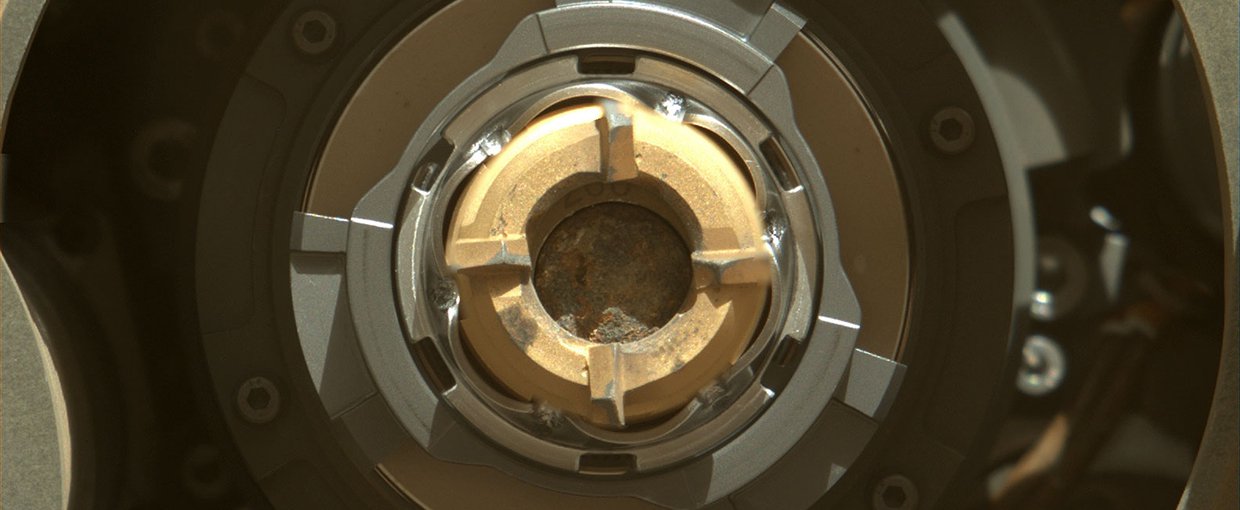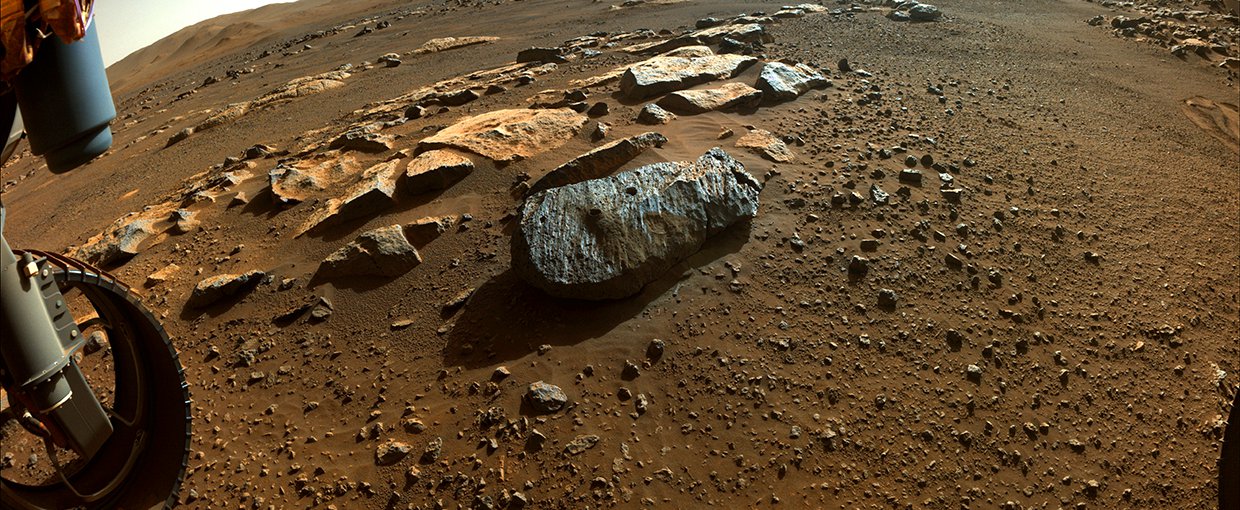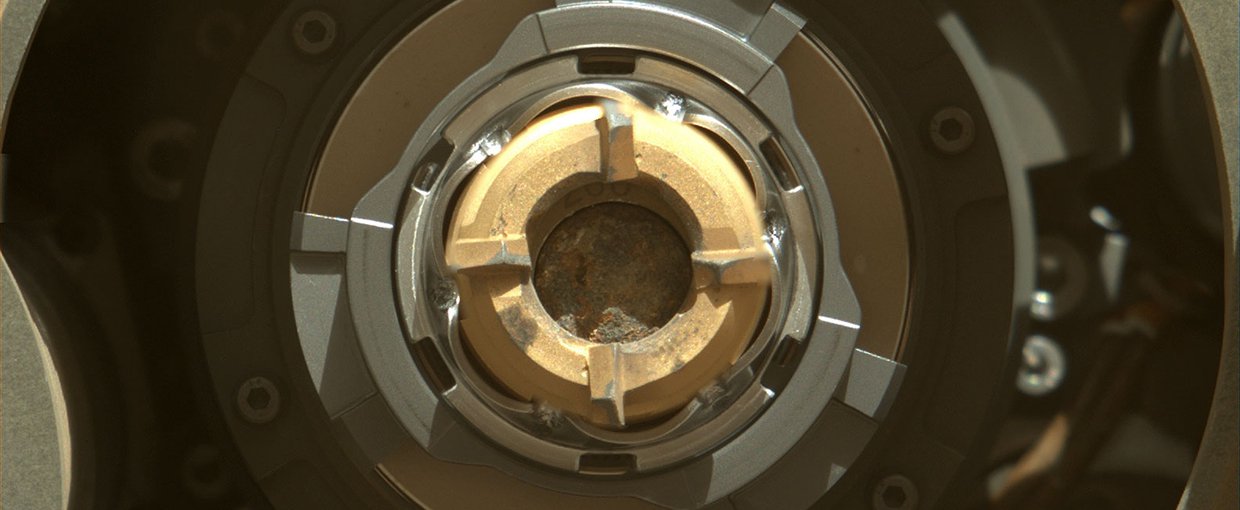
A new article from the Many Worlds Blog discusses the recent sample collection on Mars performed by the Perseverance rover, and how that sample marks the first step in a longer mission dedicated to bringing pieces of the Mars surface back to Earth.
NASA’s Perseverance rover drilled its first sample, named “Montdenier,” from a basaltic rock on September 6, 2021. This was followed by a second sample, dubbed “Montagnac,” from the same rock on September 8. The samples mark the beginning of the first phase in the upcoming Mars Sample Return (MSR) effort, which will include components from both NASA and the European Space Agency (ESA). This future mission will travel to Mars to collect a cache of samples prepared by Perseverance. Those samples will then be flown back to Earth so that astrobiologists and other scientists can examine them in state-of-the-art laboratories using suites of instruments that cannot yet be flown on space missions.
Perseverance is traversing Jezero crater on Mars, which is thought to be the site of an ancient lake. Scientists do not yet know how long the lake of liquid water persisted in the crater. However, alteration in the recently sampled rock indicates that groundwater could have been present for a long period of time.
The full article, “Sample Return from Mars Begins in Earnest,” is available at the Many Worlds Blog.

This Mastcam-Z image shows a sample of Mars rock inside the sample tube on Sept. 1, 2021 (the 190th sol, or Martian day, of the mission), shortly after the coring operation.Image credit: NASA/JPL-Caltech/ASU/MSSS.
The Many Worlds Blog chronicles the search for evidence of life beyond Earth written by author/journalist Marc Kaufman. The “Many Worlds” column is supported by the Lunar Planetary Institute/USRA and informed by NASA’s NExSS initiative, a research coordination network supported by the NASA Astrobiology Program. Any opinions expressed are the author’s alone.

